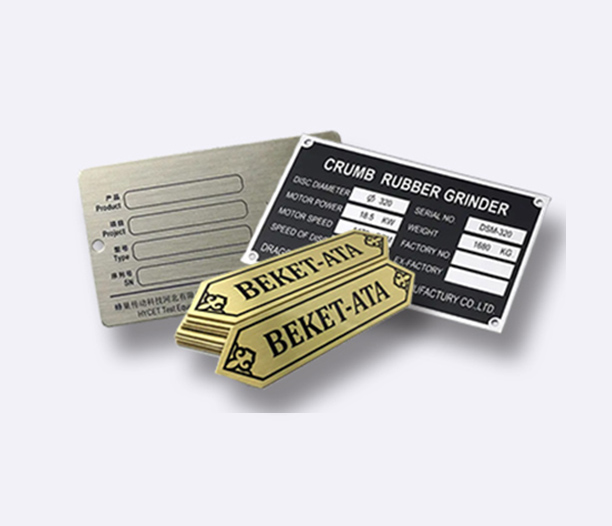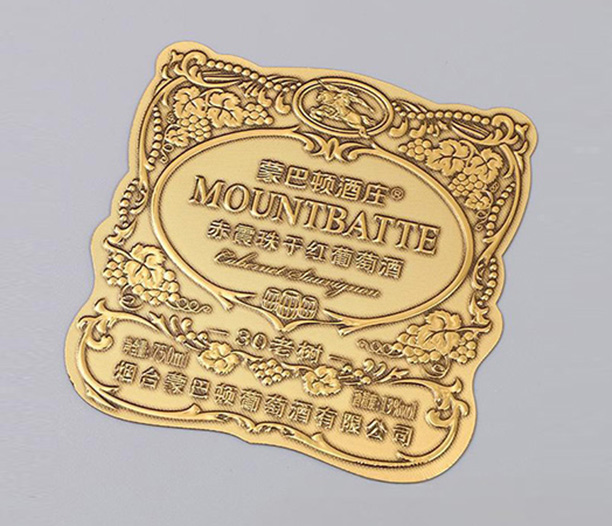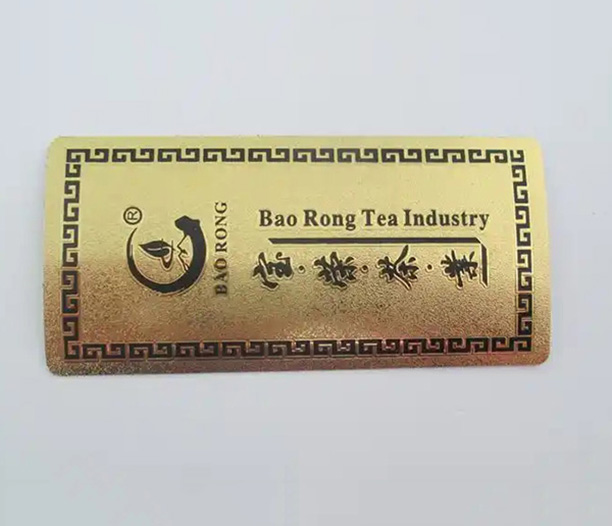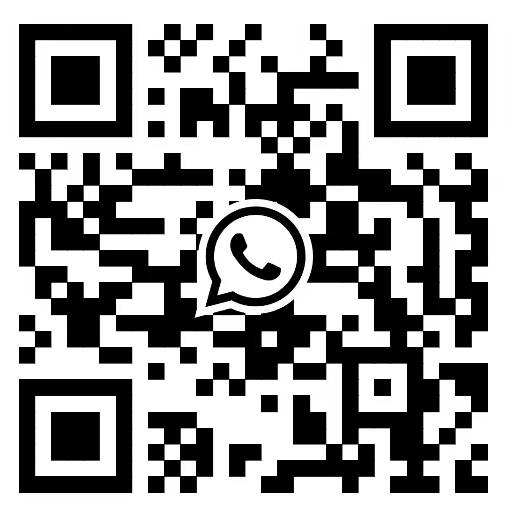In the world of asset identification, inventory management, and organization, the need for durable, versatile, and professional-looking tags is universal. Whether you're labeling machinery in a factory, organizing cables in a data center, or creating custom gear for outdoor adventures, the solution often comes in a surprisingly simple form: blank anodized aluminum tags. These unassuming metal blanks are the unsung heroes of industrial and commercial organization, offering a perfect blend of functionality and adaptability.
This comprehensive guide will delve into the five key aspects that make blank anodized aluminum tags an indispensable tool across countless industries. We will explore what they are, why their durability is unmatched, how they can be transformed, where they are used, and what to consider when purchasing them.
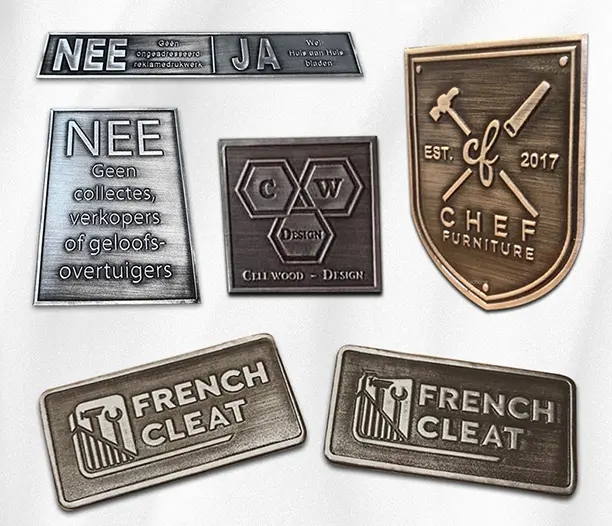
What Are Blank Anodized Aluminum Tags? Understanding the Basics
At their core, blank anodized aluminum tags are precisely cut pieces of aluminum that have undergone a specific electrochemical process called anodization. But to truly appreciate their value, it's important to break down this description.
The "blank" aspect means these tags come without any pre-engraved, printed, or stamped information. They are essentially a clean slate, ready to be customized to meet your exact specifications. This is their greatest advantage—total flexibility. You are not limited to a pre-defined set of fields or layouts.
The "anodized" component refers to the surface treatment. The anodizing process involves submerging the aluminum tags in an acid electrolyte bath and passing an electric current through the medium. This causes the surface of the aluminum to oxidize, creating a hard, porous, and incredibly durable layer of aluminum oxide. This surface is not a coating that can peel or flake off; it is integrally bonded to the underlying metal.
Finally, the base material is aluminum, chosen for its excellent combination of properties. It is lightweight yet strong, highly resistant to corrosion, non-magnetic, and non-sparking. The anodization process amplifies these inherent qualities, resulting in a tag that is:
Hard: The anodized surface is second only to diamond in hardness, making it highly resistant to abrasion.
Porous: This is a crucial feature. The tiny pores created during anodization allow for the infusion of dyes, meaning the tags can be colored in a vast array of vibrant, permanent hues. It also provides an excellent surface for adhering inks and paints during marking.
Corrosion-Resistant: The anodized layer protects the core aluminum from rust and degradation caused by moisture, chemicals, and UV exposure.
Unmatched Durability: Why Anodized Aluminum Stands the Test of Time
The primary reason for choosing blank anodized aluminum tags over other materials like plastic, steel, or vinyl is their exceptional durability. They are built to survive in environments where other labels would fail.
1. Weather and Corrosion Resistance: These tags are impervious to rust. They can withstand prolonged exposure to rain, snow, salt spray, and humidity without deteriorating. This makes them ideal for outdoor applications, marine environments, and harsh industrial settings where chemicals or moisture are present. The anodized layer acts as a powerful shield against elemental damage.
2. Abrasion and Wear Resistance: The hard anodized surface is highly resistant to scratching, scuffing, and general wear and tear. Information engraved or printed onto these tags will not easily rub off, even when subjected to frequent handling, friction, or contact with other objects. This ensures your identification legibility remains intact for the lifespan of the asset.
3. Heat and UV Resistance: Blank anodized aluminum tags can tolerate high temperatures without melting or warping (unlike plastic tags). They are also completely immune to sun damage. The dyes used to color anodized aluminum are UV-stable, meaning the colors will not fade, crack, or yellow over time, even after years of direct sunlight exposure.
This combination of properties guarantees that your investment in identification is long-term. A once-applied tag will continue to perform its function without needing replacement, reducing long-term maintenance and re-labeling costs.
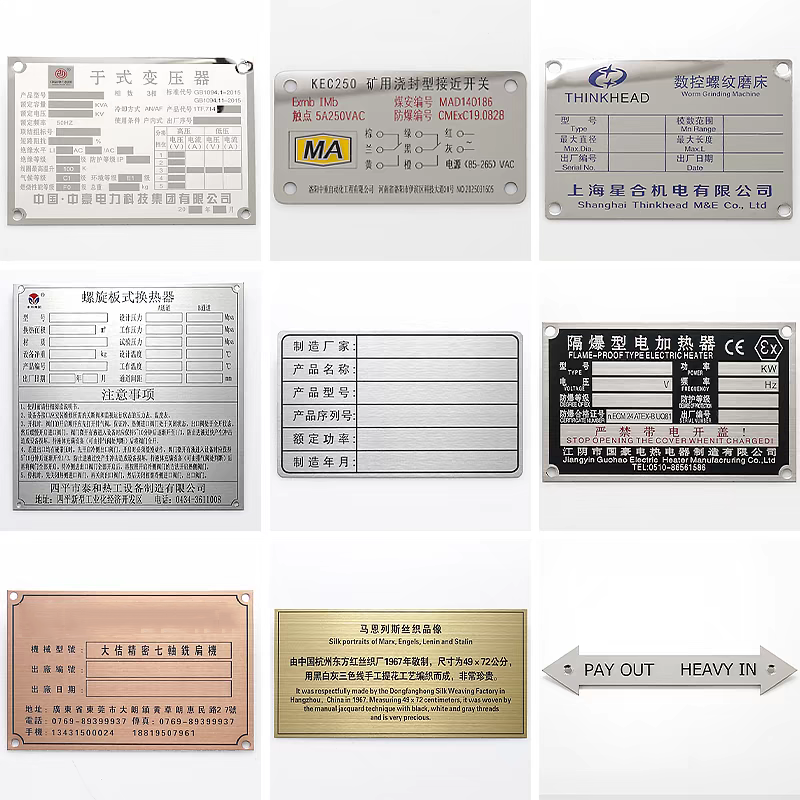
Endless Customization Possibilities: From Blank Slate to Perfect Label
The "blank" nature of these tags is what unlocks their true potential. Blank anodized aluminum tags can be customized using a variety of methods to create professional, permanent, and highly readable identification.
Common Marking Methods:
Embossing: Using a tag press to raise characters and numbers on the surface. This creates a tactile, highly durable label that can be read even if the surface is painted over or dirty.
Engraving: Using a mechanical engraver or laser engraver to etch information into the surface. Laser engraving is particularly popular as it is precise, fast, and can create complex designs, logos, barcodes, and QR codes. Engraving reveals the bright, silvery base aluminum, creating a high-contrast mark that is easy to read.
Stamping: Using a metal stamp and hammer to imprint characters. This is a classic, manual method for creating permanent marks.
Printing: Using industrial inkjet or UV printers to apply information directly onto the porous anodized surface. For less harsh environments, vinyl labels can also be applied to the blank tag.
Design Flexibility: Because you start with a blank canvas, you have complete control over:
Text: Any serial number, asset ID, barcode, QR code, or warning message.
Logos and Graphics: Company logos, hazard symbols, and other graphics can be easily incorporated.
Color Coding: The availability of blank anodized aluminum tags in various colors (red, yellow, blue, black, green, etc.) allows for instant visual categorization. For example, red tags for electrical warnings, blue for information, or yellow for cautions.
Diverse Applications: Where Are Blank Anodized Aluminum Tags Used?
The versatility of blank anodized aluminum tags makes them suitable for a staggering array of applications across dozens of industries.
Industrial Manufacturing: For asset tracking, equipment identification, maintenance schedules, and safety warnings on machinery.
Electrical and Utility: As electrical safety labels, circuit breaker tags, and utility asset identification due to their non-conductive and non-sparking properties.
Aerospace and Defense: For labeling components where weight, durability, and compliance with strict specifications are critical.
Data Centers: For labeling servers, racks, cables, and network hardware, often with engraved numbering and color-coding for easy management.
Marine and Outdoor: For labeling equipment on boats, docks, and outdoor machinery where exposure to saltwater and weather is a constant challenge.
DIY and Personal Use: By hobbyists, pet owners (for pet tags), gardeners, and organizers for creating custom, durable labels for home and workshop use.
A Buyer's Guide: How to Choose the Right Blank Anodized Aluminum Tags
Not all blank anodized aluminum tags are created equal. When sourcing these tags, consider the following factors to ensure you get the right product for your needs:
Thickness (Gauge): Tags come in various thicknesses, typically measured in thousandths of an inch or millimeters. A thicker tag (e.g., 0.040") is more rigid and durable for permanent applications, while a thinner tag (e.g., 0.020") is more flexible and may be suitable for curved surfaces or cost-sensitive projects.
Size and Shape: Standard sizes range from small dots to large rectangular plates. Consider the amount of information you need to include and the space available on the asset. Common shapes include rectangles, circles, ovals, and squares, but custom shapes can often be ordered.
Color: Decide if a natural silver aluminum finish is sufficient or if color coding is required for your system. Remember, the color is anodized into the metal, making it permanent.
Finish: The most common finish is a non-reflective, satin (brushed) matte finish. This is ideal for reducing glare and providing an excellent surface for laser engraving and printing. A gloss finish is also available for certain aesthetic applications.
Holes and Fasteners: Consider how the tag will be attached. Tags can be purchased pre-drilled with holes (single hole, two holes, etc.) for rivets, screws, bolts, or zip ties. Ensure the hole size and placement are appropriate for your mounting hardware.
In conclusion, blank anodized aluminum tags represent a perfect synergy of material science and practical application. Their rugged durability, borne from the anodization process, ensures they can withstand the toughest conditions. Their blank state offers unparalleled freedom for customization, allowing businesses and individuals to create exactly the identification solution they need. From the factory floor to the deep sea, these versatile tags provide a permanent, professional, and highly effective method for keeping assets identified, organized, and safe. Whether you need ten tags or ten thousand, investing in blank anodized aluminum tags is a decision that will pay dividends in clarity and reliability for years to come.



